The People Who Shaped Anohni’s World
- Oops!Something went wrong.Please try again later.
- Oops!Something went wrong.Please try again later.
- Oops!Something went wrong.Please try again later.
- Oops!Something went wrong.Please try again later.
- Oops!Something went wrong.Please try again later.
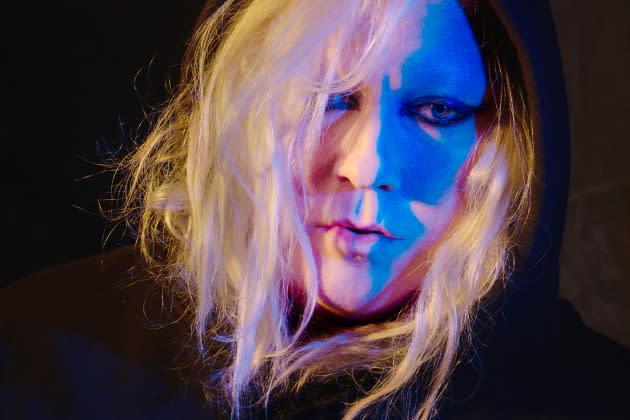
For more than two decades, Anohni has captivated listeners with her fluttering, ascendant voice, singing elegantly about fractured love, gender dysmorphia, and equal rights, among other urgent subjects. Listening to her music is a singular experience. She named her band, Anohni and the Johnsons, in deference to Marsha P. Johnson, the activist whose face graces the cover of Anohni’s latest album, My Back Was a Bridge for You to Cross. Her first album with the band since 2010, it’s a moving collection of protest songs and elegies for people who have influenced her — like her old friend Lou Reed, who inspired the moving “Sliver of Ice.”
Anohni has spoken often about how both Johnson and Reed have influenced her life over the years. So, taking a cue from John Waters’ excellent book, Role Models, we decided to ask Anohni about the people she has looked up to most, the ones who have presented her with unique ways of thinking and work ethics that she has hoped to emulate in her own art. She chose not to talk about Johnson and Reed, since she’s discussed them a lot in the past, and instead she chose a mix of dancers, musicians, activists, and people she’s known who have all given her a special perspective on life. These are Anohni’s role models in her own words.
More from Rolling Stone
Anohni Weeps Tragically and Beautifully on 'My Back Was a Bridge for You to Cross'
Candace Cameron Bure Denies Calling For Removal of Openly Queer 'Fuller House' Character
Pride Month Is Over, But Here Are Some LGBTQ-Owned Businesses You Should Still Be Supporting
Kazuo Ohno
One of my biggest role models is the dancer Kazuo Ohno. He was one of the founders of Butoh, which is a postwar, modern, mime-like Kabuki dance form. [Butoh artists] call it the “dance into darkness,” but my interest was never so much in Butoh: It was really specifically in Kazuo Ohno.
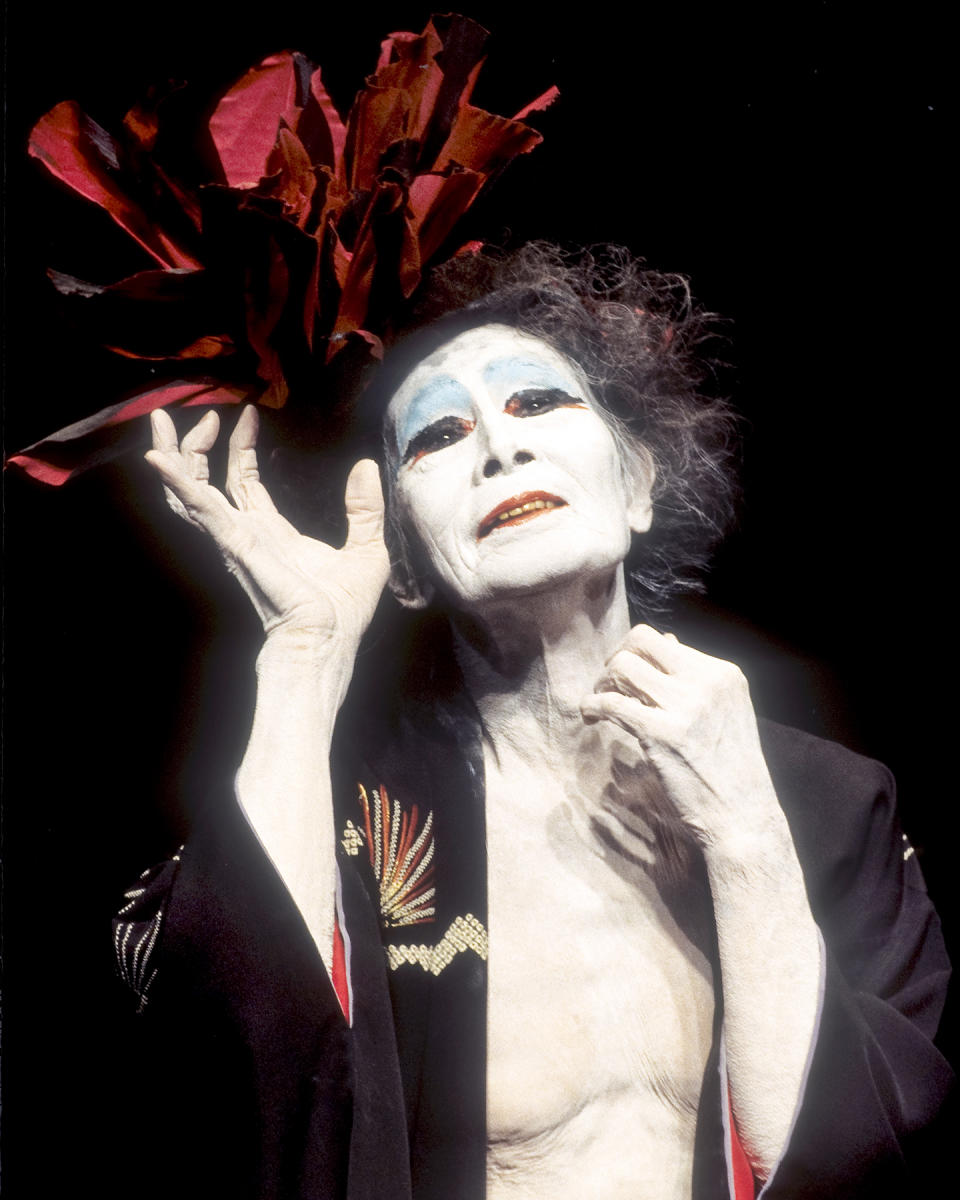
I first saw his image on a poster for a theater production on a street in Angers, France, where I was going to school for the summer when I was 16. It was this seemingly elderly Japanese man in a beautiful, Victorian-style dress with a white face. He had this really enchanting expression on. I had this picture over my bed for several years before I even knew what it was; I just thought it was a beautiful picture. I later used it on the cover of my record Another World [in 2008].
When I was about 20, I saw a movie by Peter Sempel called Just Visiting This Planet, and I saw this elderly Japanese dancer working with his hands on the side of a mountain, crumbling rocks. The rocks were coming down, and he was crumbling them in his hands. There was an animist kind of relationship between his own body and the body of the stones. And I just started crying when I saw it. Then I went home, and there, above my bed, was the picture of this man.
I had this picture over my bed like an altar for four years before I even knew that he was to become my main teacher as a performer. I sought intuitively to embody what he did as dancer, I sought to try to inhabit that as a singer. All my learning from him was vicarious — just by watching films of him, seeing him live, dancing.
As a young adult, I studied with a student of Kazuo’s named Maureen Fleming, a dancer from New York. She had a way of explaining the reasons for making gestures in Butoh that became a template for me as a singer. When I would stand on the stage, I began to look for currents of imagery outside of myself. I looked at the environment that I was within, whether it was the wood of the trees that became the stage I was standing on, or the water inside the trees that comprise the stage. I could forge a relationship in my imagination with the history of the elements in which I was surrounded. That created a constantly renewing landscape within my imagination from which I could draw to find impulses to make gestures.
Kazuo kept dancing until he couldn’t move — and then he kept dancing in his bed. He kept moving. He did his masterwork as a solo dancer between the ages of 80 and 100. I finally met him in person at his house in Yokohama, Japan. His son, Yoshito Ohno, was his director for many years. I did several collaborations with the Ohno family in later years, singing for Yoshito. When I was doing the concerts, especially concerts with symphonies, it was very much a Butoh practice for me. When I had spoken to the Ohnos about it, I said, “I want it to be Butoh singing,” and they said, “Yes, you’re ‘Butoh song.'” It was such an honor.
Grace Jones
Grace Jones is one of those artists that I’ve walked through my entire life being inspired by, whether it was being 17 years old and hearing “Slave to the Rhythm” and seeing the stunning artwork of early records, or being 14, 15 years old and seeing her in Vamp, painted by Keith Haring, or, even younger, as a 13-year-old seeing Conan the Barbarian. She’s just this superhuman figure, this Olympic master of her own destiny and master of her own form. And the ferocity of her self-authorship was so inspiring to anyone that looked upon her.
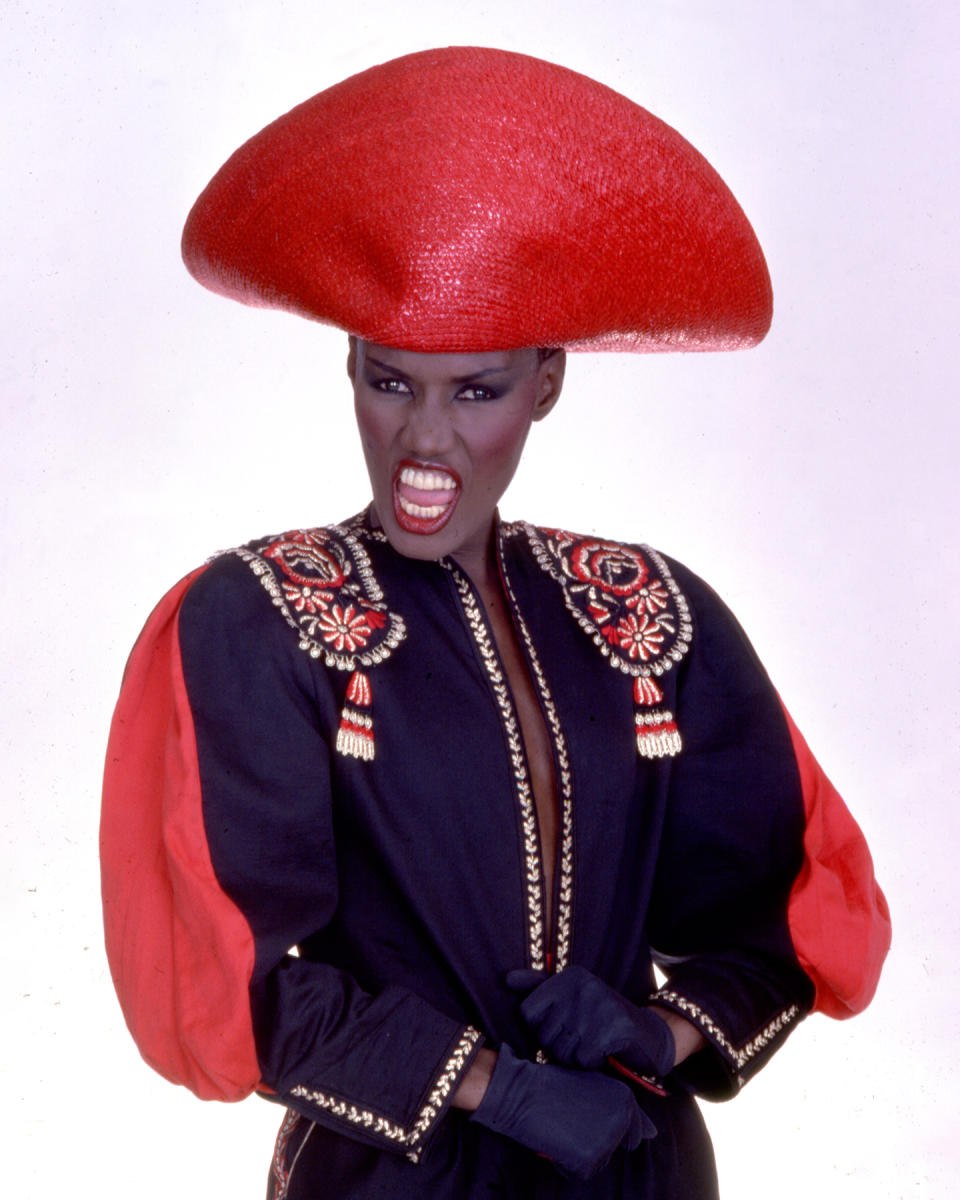
She is what every artist really aspires to be, which is so in touch with the source of her inspiration and the source of her vitality. She has manifested that over and over again in her beautiful singing voice.
Her album, Inside Story, which has “Victor Should Have Been a Jazz Musician” on it, haunted me for a really lonely summer as a freshman in college. And Living My Life, with “My Jamaican Guy” — the edge of it was unbelievable. It was a premonition of New York for me in many ways: It was an education in what it meant to be from New York, in terms of her being a complete maverick.
I remember Lou [Reed] coming back from something. He was like, “Oh, I sang with Grace Jones and Pavarotti,” and I just thought, “That is just so unbelievable. What a trio.” She possesses such a concentrated perfume of humanity, just the pure and vital and concentrated expression of inspiration. Grace Jones is just a legend.
Skye and Arash
Skye and Arash were two death rock queens from the Bay Area that I grew up with. But it was at a time when it was perilous to express yourself like that, especially as someone who was gender-divergent. They weren’t my friends, but Arash and Skye were my idols in high school.
I remember seeing this girl, Skye, at a nightclub in San Jose, and it was such a dreary club. And she was wearing this coat of many colors, and she had her hair dyed, like, 70 colors. She’d painted her face so exquisitely.
And a place like San Jose in 1984 … it was just a terrible poverty of the imagination. There was a terrible emptiness to life there. It was the beginning of the Silicon Valley, and it was just like rolling suburbs. It was a very insidious, sort of depressing … a very mediocre landscape. To see this woman — what Jack Smith would call a “creature” — strolling through such a mediocre landscape and being so on fire, it just captured your imagination as a child. It suggested possibilities. It suggested escape routes. It suggested that there was more to life than what society was outlining for the masses, that there could be another way forward, utilizing one’s spirit and one’s imagination, that you could transcend this kind of atrociously mediocre society that you’d been born into.
Arash might have been Vietnamese, but I can’t be sure. She was just, like, a flaming death rocker at a time when it was very dangerous to be death rock in high school, to dress in the Batcave [club] style. In the early Eighties, it was a very different thing than being a goth in the late Eighties. In the suburbs, it was extremely dangerous, physically; you feared for your life on a daily basis.
You just looked up to people like that. I wished that I could have a bit of the star quality, the beauty, or the composure — and the elegance, the cunning, the wit, and the insight — that they seem to possess. They were just two kids that I loved when I was a kid.
Sylvia Rivera
I’ve talked a lot about Marsha P. Johnson over the years; Sylvia Rivera was a partner of Marsha P. Johnson’s. She founded a group called Street Transvestite Action Revolutionaries in the early Seventies, right after Stonewall.
Marsha was kind of the foil for Sylvia. Marsha was very loving; I always describe her as Jesus as a girl. She lived this tenet that you will not free until everyone’s free. I think it’s a Civil Rights-era value, and Sylvia lived that ideal, too. Sylvia remained homeless when she needn’t have in solidarity with other homeless, HIV-positive people who were living on the piers on the West Side Highway. She didn’t want to abandon the other people on the piers that she felt she was caring for in some way, even though she herself was in an abject state.
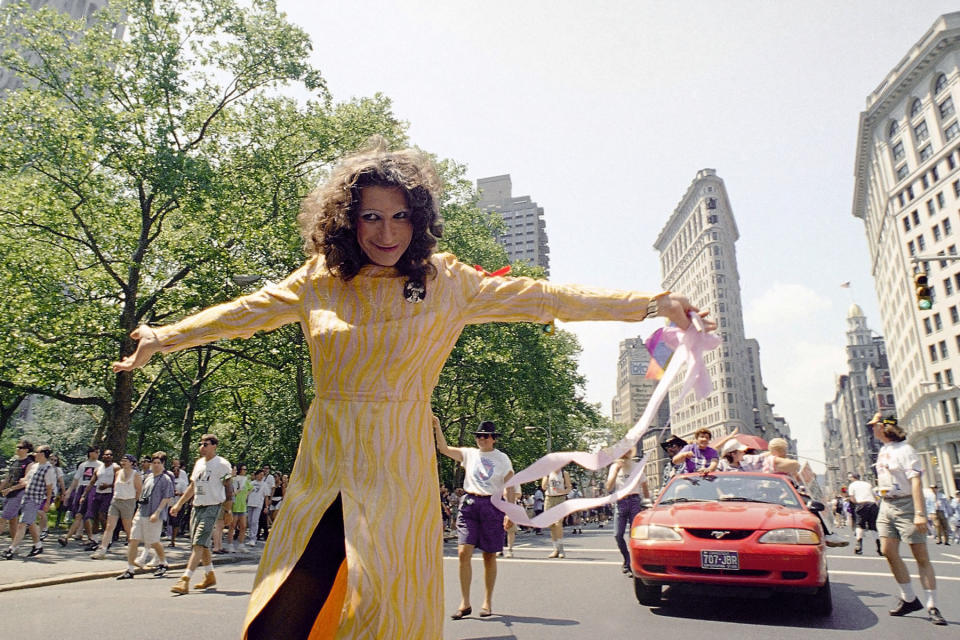
Sylvia was a fighter. At one point, she threatened to execute a puppy on the steps of City Hall to get attention to the gay-rights agenda in the early Seventies. And she put out a press release as a practically homeless person saying she was going to do that. I don’t think Sylvia actually did that, but it’s just an illustration of the fight within her, the grit. She had a bitter resilience and a calcified spine that we walked across. That’s like the name of the album, My Back Was a Bridge for You to Cross — like Atlas, almost.
Viva Ruiz
Viva Ruiz started a group called Thank God for Abortion about 10 years ago, and no one could quite wrap their mind around what she was saying. Why this message? I am ashamed to say I didn’t understand the prophecy in her work at first. But now I would say that Viva is every bit as heroic as Marsha P. Johnson.
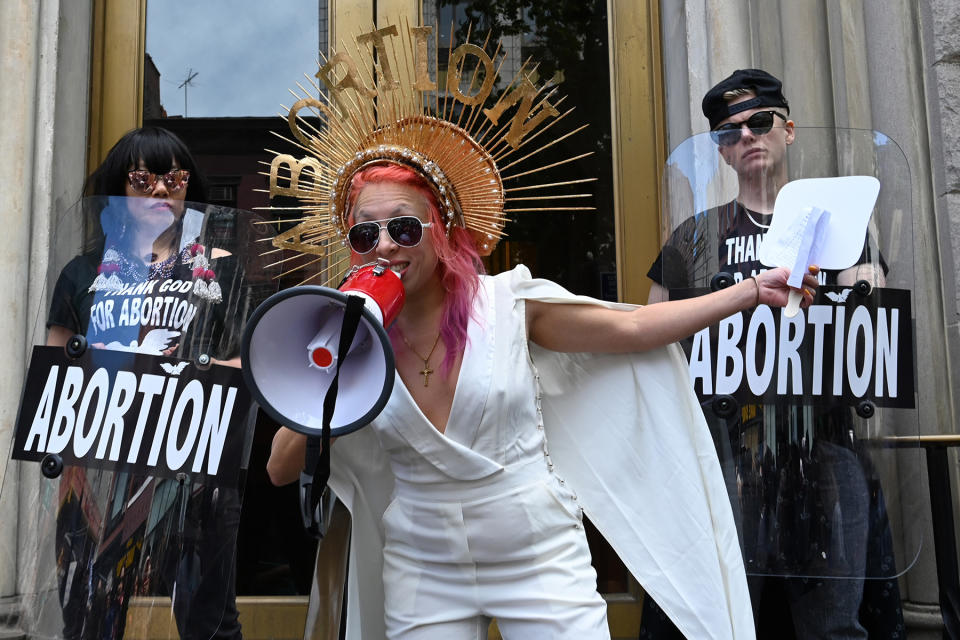
I’ve known her for 25 years and I’ve become more enlightened to her work. She’s someone exactly like Marsha that gives everything and lives in such a principled way so as to be a shining light in the community. And she does it with vastly insufficient support. There are still people in America who are doing the most courageous political activism who are wildly unsupported by the communities and the broader society that should be protecting those figures, and she’s out on the front line, fielding constant assaults from nightmarishly malevolent harm-doers. The worst part of America is that it doesn’t care for its most treasured assets. America still doesn’t care about the people that represent the ethical frontier of society. And that makes me furious. Viva is taking risks on behalf of a society that’s desperately indebted to her for holding the front line.
William Basinski
Billy’s a huge hero of mine. I learned about the depths of intuition in the creative process by being near William Basinski, and I learned about the commitments that artists make. They might walk with their work for a long time, even for the majority of their lives, knowing that there’s some diamond that they’re carrying on behalf of the culture. And then the tectonic plate shifts, and their work is suddenly delivered. That was definitely the truth about Billy.
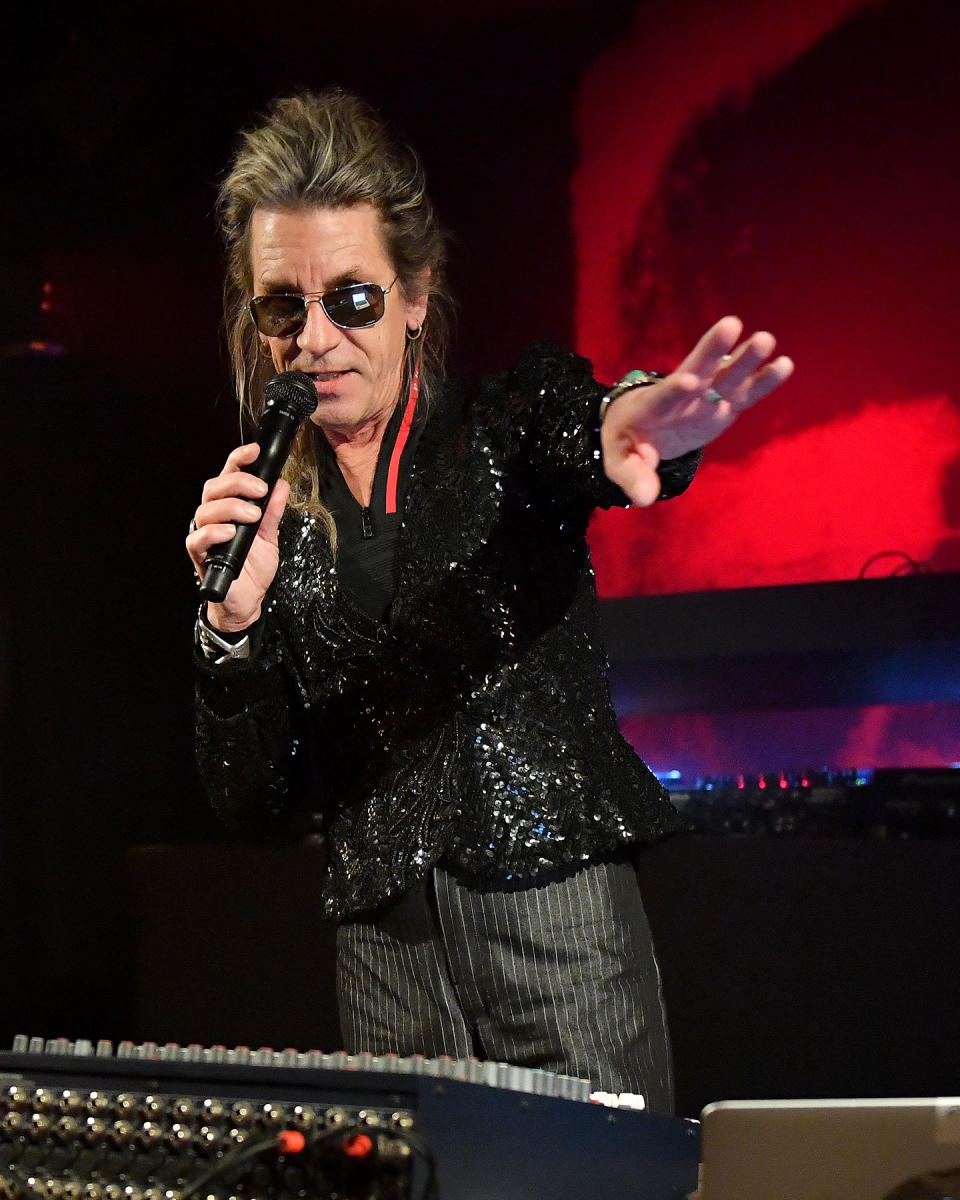
I sat with Billy’s music for almost 15, 20 years, where I was practically the only person that had his tapes. He used to make me cassettes of all his pieces, and I used them in all my plays. If Kazuo Ohno was my father, in many ways, I used to think of Billy as one of my mothers. He and his partner, James Elaine, taught me so much about what it means to be an artist. They modeled this kind of dignity and this commitment to the longevity of their process.
I saw their processes almost like a spiritual path. They offered me harbor at their house in Brooklyn. As a young adult, I laid on the floor there for months and months, year after year, listening to Billy’s music and just feeling like he was a sanctuary for me. His world, his mind, and his process were a safe place for me. Billy and James also identified me as an artist, which I appreciated, because I came from that club world where people didn’t really do that. With artists like that, there’s a living acknowledgment of the presence of mysterious things that becomes embodied in a way that makes you feel less lonely.
Best of Rolling Stone

